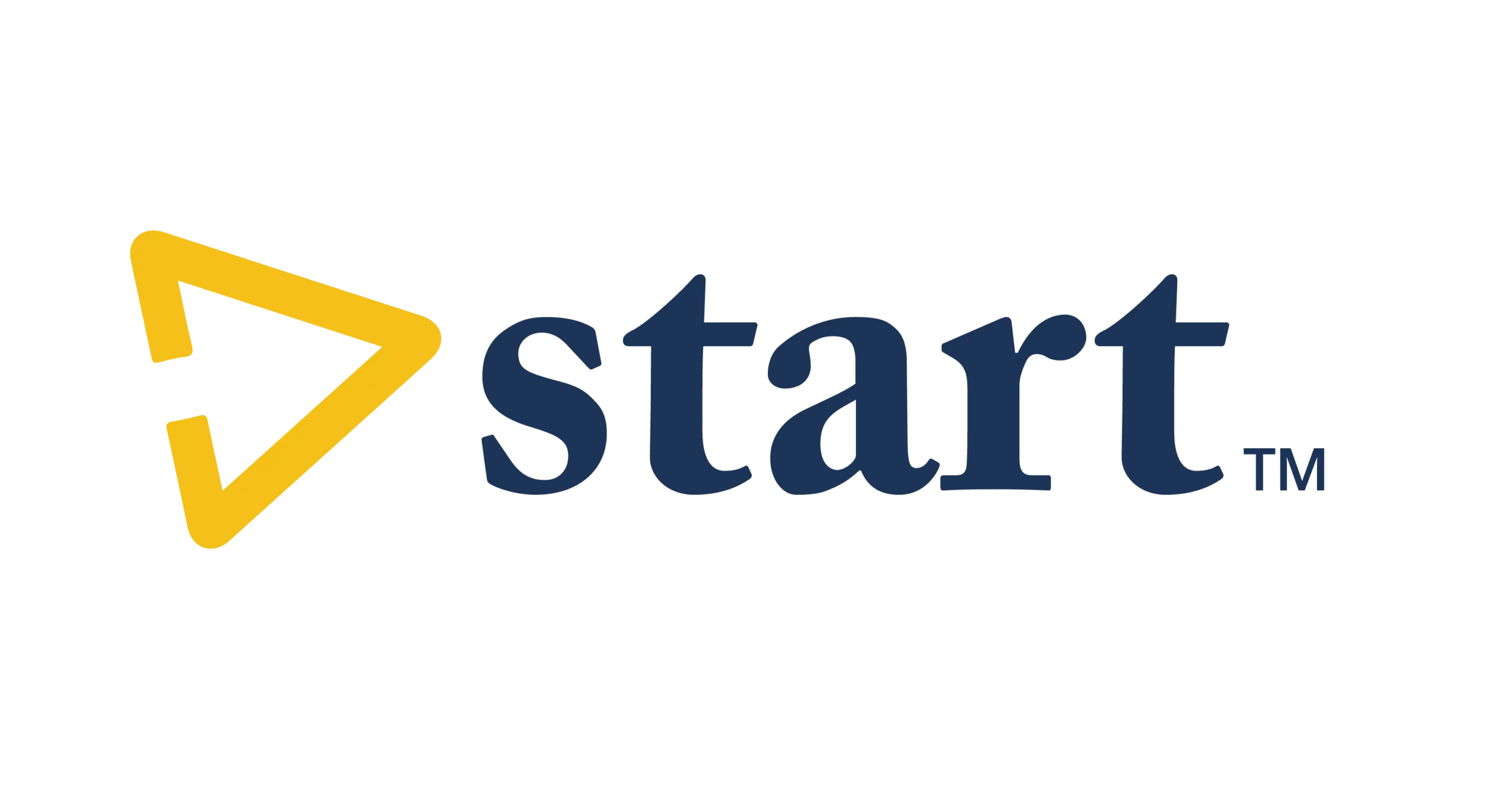For far too long we have waited months after visiting the doctor to receive a bill that we then either pay over the phone, online, or mail in. When it comes to doctor visits, your wallet has FOMO. You can actually save significantly when you pay on the day of service. Never done it before? We’ll show you how.
Cash is King
Picture it: You’re applying SPF 50 during your family’s annual beach vacation and spot a few new moles. You give them a quick once-over and notice that one seems atypical, so you schedule an appointment with your dermatologist. He checks it out, and to your relief, it’s benign. A week later, you receive a bill in the mail for $210. Turns out, if you had paid upfront at the time of service, or even within 20 days of receiving the bill as a self-paying patient, the same visit would have cost you only $160—that’s 30% less than what you paid.
The example above is a conservative one. A Los Angeles Times article from 2012 reported that a patient was charged $6,707 for a CT scan of her abdomen and pelvis. After running the claim through her health insurance, the amount owed was only $2,336. But if she hadn’t used her insurance at all, she would have paid just $1,054, or 89% less than the original cost.
The truth is that when you “self-pay” (pay in advance or on the day of your medical service), you are very likely to receive a discount. Providers are relieved not to pay a claims team to process your bill or “chase the check,” and you’re relieved not to think about the bill anymore—no overhanging “pay-it-later” stress.
With savings so drastic, why isn’t everyone self-paying for healthcare? For one, people don’t want to give up the coverage offered by insurance, and traditional health insurance plans can’t apply amounts paid in cash towards members’ deductibles. Start is here to change that.
How to Self-Pay with Start
Start is a health reimbursement model, meaning we pay you a set rate (known as the “Start Benefit Amount” for care instead of having contracted rates with providers. (Hooray—no networks! You can receive care from any provider you’d like.) Like any health plan, you pay a deductible and a monthly premium for coverage. However, unlike other health plans, there are no co-pays, out-of-pocket maximums, coinsurance phases, or claims processes. With Start, you pay upfront (self-pay) for eligible services and are reimbursed the Start Benefit Amount for the given service. To be reimbursed, you must upload an itemized receipt (preferably with CPT codes (link to CPT code definition) of your care within 30 days of your service date. This way you are receiving self-pay discounts while still receiving insurance coverage.
But Won’t They Ask for an Insurance Card?
When visiting the doctor’s office, simply state that you will not be using insurance and are paying cash for your procedure or service. If they ask for your insurance card, let them know you are on a healthcare reimbursement model and reiterate that you are paying cash.
You will then use your Start Benefit Card to pay for the service. Your Start card draws either from HSA funds or from another account you prefer. Start will apply 100% of the reimbursable amount to your deductible amount until the deductible is met. Once your deductible is reached, the Start Benefit Amount will be credited at 100% to you.
If the reimbursable amount is higher than what you paid at service, you will be credited the excess amount in the form of an HSA contribution (if it does not exceed the HSA limits set by the IRS), ACH payment (direct deposit), or premium credit, depending on your preferences.
Taking Charge and Living Large
Start might be more interactive than you’re used to, but we’re always happy to answer any questions and help you navigate our innovative process. Please call us at (800) 894-9454. With gigantic savings on the line, there will only be one thing on your mind: “Why haven’t I done this before?!”
Source:
